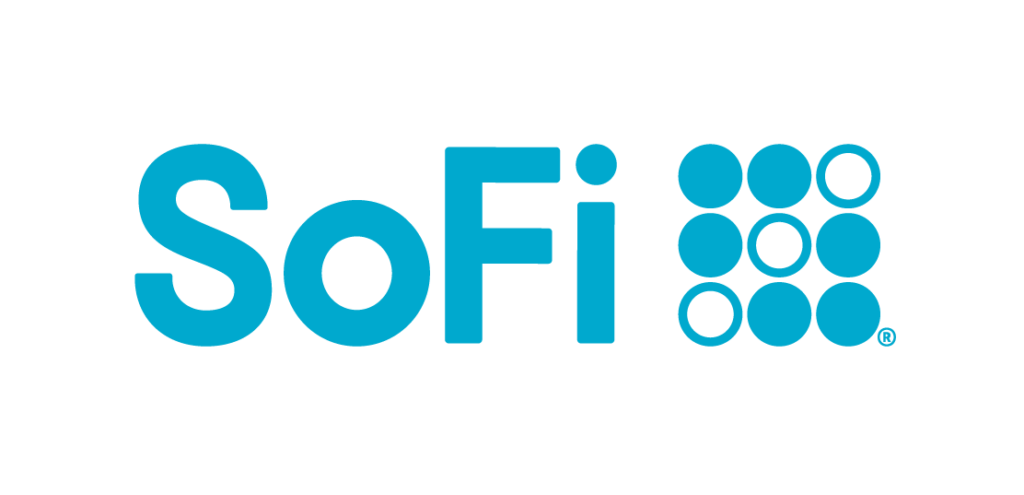SoFi Personal Loan Requirements Needed for Approval
Personal loans can be used for almost any purpose, making them one of the most adaptable methods of borrowing money—without the high credit card interest rates.
Unsecured personal loans, which can be obtained from a bank, credit union, or online lender, can be used for a variety of personal purposes, such as installing a new energy-saving heating system in your home or consolidating high-interest consumer debt, such as a credit card balance.
If possible, it is often preferable to save for a large expense, even if it takes months or years. However, if that is not an option, a personal loan may be a better option than charging the expense to a credit card.
So, what’s to stop people from borrowing money to buy a yacht and sailing away to the Mediterranean, never to be seen again? Simple: You must meet the lender’s credit, income, and other financial criteria in order for them to lend you money.

These criteria can differ from lender to lender depending on risk tolerance and other factors.
Meeting the criteria of the chosen lender ensures that you will be able to repay the loan.
Unsecured personal loans may be riskier for lenders than other types of loans because they do not require collateral to secure the loan. This is where lending criteria come into play.
Most lenders, for example, have a specific credit score or income requirements, and others may charge an origination fee.
The perceived importance of any given category by your lender may determine not only whether you qualify for a personal loan, but also at what rate and term.
Because each lender is unique, there is no universal list of qualification requirements for an unsecured personal loan.
Instead, here is a list of common characteristics that lenders may look for in a borrower to help you be more prepared as you begin to apply.
1. Credit Score
Credit score is one of the key metrics lenders consider when qualifying a potential borrower for any loan.
In general, the higher the credit score, the more likely lenders are to offer a loan with a lower interest rate to a borrower.
All else being equal, you’ll want the best possible loan rate; it can make a significant difference in the total cost of your loan over time.
You should inquire whether a lender intends to conduct a “soft” credit check during the prequalification process (this is where you check your rates).

To determine whether you’re a good candidate for a personal loan, many lenders conduct a soft credit check first—that is, a credit check that does not affect your credit score.
As the process progresses and an applicant applies for a personal loan, lenders will typically conduct a hard credit check (that is, a deep dive into your credit history).
Again, a soft credit check has no effect on your score, but a hard credit check may deduct five to ten points from your score and may have an effect on your score for several months.
When it comes to unsecured loans, some lenders take a tougher stance—if you have a lower credit score or a shorter credit history, for example, it may be more difficult to find a loan program where you meet the eligibility requirements.
Some lenders, on the other hand, may look at your credit history as well as your credit score, as well as other financial factors like your income, to get a more complete picture of your financial situation.
2. Origination Fee
An origination fee is a one-time fee charged by a personal loan company to cover the cost of processing your loan.
It could be referred to as an underwriting, administrative, or processing fee.
This fee is also commonly associated with mortgages and federal student loans.
Compare origination fees between lenders to see how they affect the overall loan cost.
Here’s more on personal loan origination fees, including how much they cost and when it makes sense to pay them.

Some lenders, but not all, charge an origination fee to cover the cost of processing the loan.
This origination fee is frequently a percentage of the total loan amount, typically ranging from 1% to 8% of the total amount borrowed.
You should keep this in mind because it can be a significant sum of money depending on the loan size.
It’s worth noting that you can usually include this cost in the total of your loan or pay for it with the loan itself.
3. Collateral
Personal loans are classified as either collateralized or uncollateralized.
In general, collateral is something of value that is used as security for loan repayment.
In the event of a default, the bank or lender may be able to seize the borrower’s property.
A loan that requires collateral is commonly referred to as a “secured loan.” When it does not, it is referred to as a “unsecured loan.”
The level of security is determined by the bank or lender; an unsecured loan may be less secure to them because it is “secured” solely by a person’s personal financial picture rather than a tangible asset like a car or a house, and they take that into account when making the loan.
The parameters for secured and unsecured loans at a bank or lender are likely different, so you should inquire about what they offer and whether you might qualify.
When people talk about personal loans, they usually mean unsecured personal loans.
Because these loans are not collateralized, they may have higher interest rates or be more difficult to qualify for than secured personal loans.
Personal loans, however, may be subject to collateral requirements by some lenders and banks.
Anything from cars to real estate can be used as collateral and seized if you fail to make your loan payments.
This is the tradeoff you should think about: You may lose your property if you put it on the line, but taking that risk may qualify you for a lower interest rate. This is why:
Collateral provides additional assurance to your lender that they will be paid back.
On the other hand, providing collateral can have unintended consequences. Some lenders, for example, may require you to have additional insurance in case the collateralized property is damaged.
4. Proof of Income and Employment
Most lenders will want to know that you are employed and have enough income to repay the loan.
Many lenders may require proof of income and employment to verify the income stream that will be used to repay the loan.
This is one way they can determine your likelihood of repaying the loan, which can affect things like the interest rate or loan term you’re offered.
“Proof of income,” like most personal loan requirements, can mean different things to different lenders.
Some lenders may ask for a signed letter from your employer, while others may request pay stubs or W2s.
If you are self-employed, you may be required to submit a copy of your tax returns or bank deposit information.
5. Debt-to-Income Ratio
debt-to-income ratio (DTI). DTI is a ratio that compares your gross monthly income to your monthly debt payments.
In general, the lower your DTI, the more appealing you may be to any lender as a borrower.
Someone earning $120,000 per year, for example, may appear to be doing well. That equates to $10,000 in gross monthly income.
But suppose they’re actually struggling to make ends meet because they’re paying $6,000 per month on credit card and student loan debt.
Their DTI is 60%, which is considered high and may make them less appealing to lenders.
Someone with a lower income, say $60,000 per year, may be able to get better terms on a personal loan if they only pay $500 per month toward student loans.
In this scenario, they earn $5,000 per month and pay $500 per month toward debt, resulting in a DTI of 10%.
SoFi Personal Loan Application Guide
1. Maintaining a Stable Income
Although the exact formula varies, lenders typically prefer borrowers with a consistent source of income. If you intend to apply for a personal loan, now is not the time to switch careers.
If there are other ways to supplement your income in the meantime, this may also be beneficial.
Increasing your cash inflow may make you a more desirable borrower in the eyes of a lender, whether that means asking for a raise or taking on part-time work, though not all income is considered eligible to use in loan qualifying.
2. Getting a Co-Signer or Co-Borrower
In a nutshell, a co-signer is someone who agrees to pay the loan if you fail to do so.
A co-borrower is someone who lives with you and takes out the loan with you—their name is on the loan, and you both must repay it.
Both may increase your chances of qualifying for a personal loan because lenders see them as an additional layer of repayment security.
Before bringing someone else into the picture, check with the lender to see if a co-signer or co-borrower is permitted, and then carefully consider the advantages and disadvantages.
If you fail to make a payment, your co-credit signer’s score may suffer as a result.
If you default, a co-borrower will be required to repay the loan. There are risks for the primary borrower as well: defaulting on the loan may harm their credit score and result in a lawsuit for collections or wage garnishment.
3. Improving Your Credit Score
If your credit score is less than ideal, you should work to improve it.
A possible first step would be to remove any incorrectly reported late payments or delinquencies.
Check your credit history for errors such as fraud, misreporting, or a card opened in your name by mistake.
You could then ask the credit reporting agencies to correct any errors you find.
Credit score improvement can take time. Make every effort to pay all bills on time.
Paying off your credit cards in full each month may also help.
Another strategy is to reduce the amount of debt you have in relation to your credit limits. You could start by paying down your balance as much as possible.
Making a game plan for debt repayment is an excellent next step. The avalanche, snowball, and snowflake are three well-known debt-reduction strategies.
With the debt avalanche, you’d start with the debts with the highest interest rates and work your way down (paying at least the minimum balances on everything else, of course). The goal is to save as much money as possible on interest. The debt snowball is a unique method that relies on motivation and psychological momentum.
With this method, you’d work towards paying off your smallest debt first, again while still making payments on all your other debts, hopefully creating a feeling of success that will catalyze paying off larger and larger debts, until all your debts are paid off.
The debt snowflake operates differently from the other two, since it can be applied to either.
Using whatever small amounts of cash or windfall on hand at any given time, you’d make extra payments towards your debt wherever and whenever possible.
And of course you’ll want to make sure you’re still making at least the minimum payments on all your debts each month.

